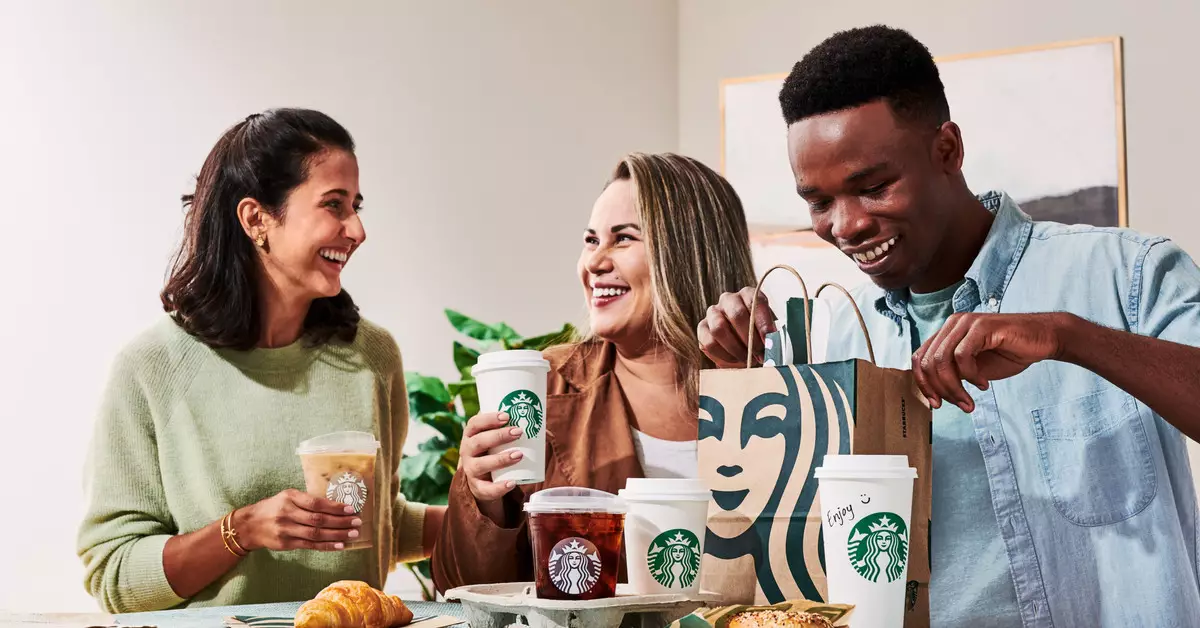In an era where convenience reigns supreme, Starbucks has taken a significant step by integrating delivery orders directly into its app, powered by DoorDash. This collaboration aims to cater to the busy lifestyles of consumers who prefer the ease of getting their favorite beverages without stepping out of their homes. While this move certainly enhances accessibility, it raises questions about the actual cost of convenience, both financially and in terms of customer experience.
The new feature allows users to alternate between pickup and delivery options, reflecting a growing trend in the food and beverage industry where immediate gratification is paramount. However, potential customers should be prepared for a variety of associated charges that pile up quickly. A standard transaction often includes a $1.99 delivery fee, a $2.00 small order charge for orders below $10, and a 15 percent service fee that benefits DoorDash. In some areas, additional costs like the Seattle-specific $4.99 fee for compensating drivers fairly further inflate the bill. As an example, what starts as a modest $6.55 for a 12-ounce peppermint mocha can balloon to an astonishing $19.23 with these added charges. This pricing structure may inadvertently discourage casual users from leveraging the delivery option.
By implementing this feature, Starbucks positions itself within a competitive landscape where convenience and affordability are continually at odds. As other coffee chains and local cafes pivot toward delivery services, it will be interesting to observe how Starbucks navigates the delicate balance of pricing and demand. Moreover, the company’s decision to pass significant costs onto consumers illustrates broader economic pressures affecting all players in the food delivery sector.
Furthermore, this service seems particularly suited for group orders—working professionals looking to caffeinate an entire office may find value in this option. However, single consumers might think twice about ordering a beverage when the total comes at such a premium. The expectation of tipping drivers while neglecting to consider the baristas raises ethical questions about supporting frontline workers in the service industry.
While Starbucks’ introduction of an in-app delivery service provides tantalizing convenience for many, the inflated costs associated with it challenge its practical appeal. As consumers weigh their options, they will need to reflect on what they value more: the immediacy of a delivered drink or the satisfaction of brewing at home. This dilemma may lead to a wave of reassessment regarding how much people are willing to spend for convenience in their daily lives. As convenience culture evolves, so too will the strategies businesses adopt to cater to consumer needs, often forcing consumers to critically examine the true value of convenience against its financial implications.


Leave a Reply